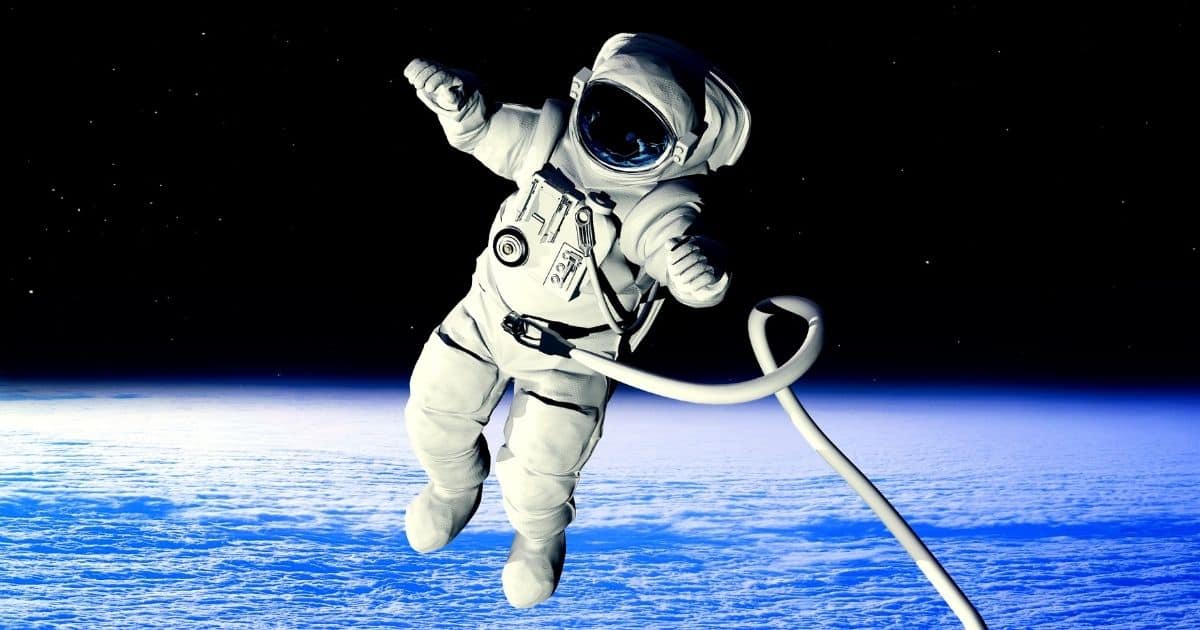Newly published research demonstrates that vibrotactile feedback devices may help astronauts and pilots maintain their sense of balance and orientation when standard gravity-based cues become unreliable or absent.
The study, conducted by scientists at Brandeis University and published in Frontiers in Physiology, could have implications for developing technologies to reduce spatial disorientation during space travel or flight.
Spatial Cues and Vibrotactile Feedback
Spatial disorientation, defined as an inaccurate perception of one’s position or motion, is a significant risk during spaceflight and aviation. When inner ear balance organs and other sensory systems provide ambiguous or conflicting orientation cues, pilots and astronauts can completely lose track of which way is up.
Tragically, spatial disorientation has directly caused numerous fatal aircraft accidents over the past decades.
Vibrotactile feedback devices, which convey information through vibrations against the skin, represent one potential countermeasure. The researchers tested whether such devices could help stabilization when gravitational cues were removed. Study participants used a joystick to balance themselves inside a multi-axis rotation device with the dynamics of an inverted pendulum. On the first day, the device was oriented vertically, allowing use of gravity-based cues. On the second day, the device was horizontal, creating a “spaceflight analog” environment without reliable gravity signals.

The multi-axis rotation device (MARS) was programmed with inverted pendulum dynamics in the vertical roll plane (left) and the horizontal roll plane (right). Image Credit: Pandey, et. al, Frontiers in Physiology
One group of participants received input from vibrotactile bands on their arms indicating deviation from an upright balance point. This group showed significantly better control and fewer crashes during initial horizontal device trials compared to control groups not given vibrotactile feedback. However, their performance still degraded substantially relative to the normal gravity vertical configuration on day one.
Interestingly, when surveyed, 90% of vibrotactile device users reported feeling confused and in conflict between what their senses were telling them and the artificial cues from the devices. This highlights challenges in relying on technology when one’s own perception feels convincing yet wrong.
To further explore improving adaptation, some participants went through specialized training on the first day. This training forced reliance on vibrotactile information to find randomized off-vertical balance points while discounting gravitational cues. Those given this combined training program performed dramatically better on the second day’s disorientation challenge even relative to others with vibrotactile feedback.
By the end of the final horizontal trials, groups using the vibrotactile feedback showed similar learning curves to control groups without such augmented cues. The researchers concluded that the devices can enhance orientation ability without creating dependence or degrading natural adaptation.
Future Applications in Aviation and Rehabilitation
The study adds to growing evidence that vibrotactile technologies have utility for spatial awareness in aviation and spaceflight. The results also underscore the importance of extensive training with any augmentation device – operators must fully integrate the additional sensory information to leverage it effectively when under stress or facing unfamiliar environments.
Beyond immediate applications in aerospace, vibrotactile orientation aids could assist recovery in populations with balance or gait disabilities. As the technology continues advancing, hearing health professionals may increasingly consider vibrotactile feedback options as part of their toolbox to help those with vestibular deficits.
Though unlikely to fully replace natural sensory function, these supplemental cues show promise for supporting everything from elite pilots to stroke rehabilitation patients.
Reference:
- Pandey, V. V., Sacha, P. A., Lackner, J. R., & DiZio, P. (2023). Vibrotactile feedback as a countermeasure for spatial disorientation. Frontiers in Physiology, 14. https://doi.org/10.3389/fphys.2023.1249962







